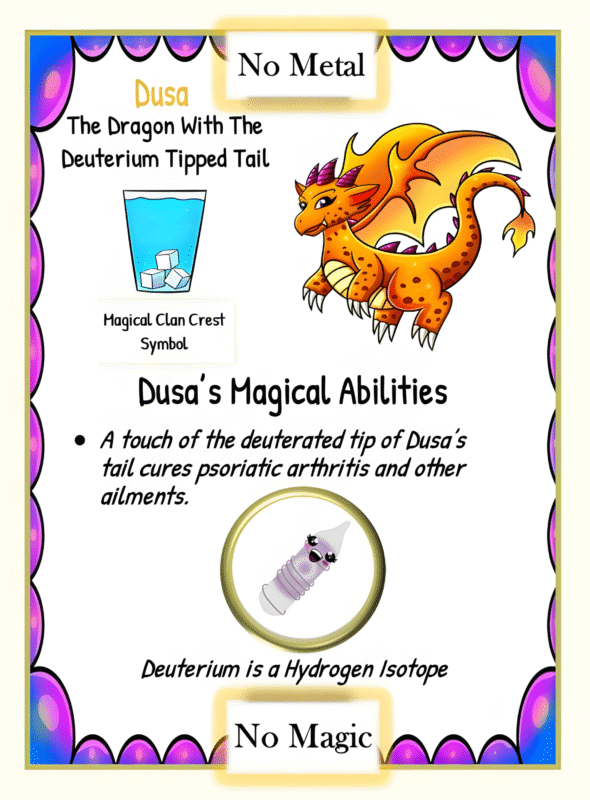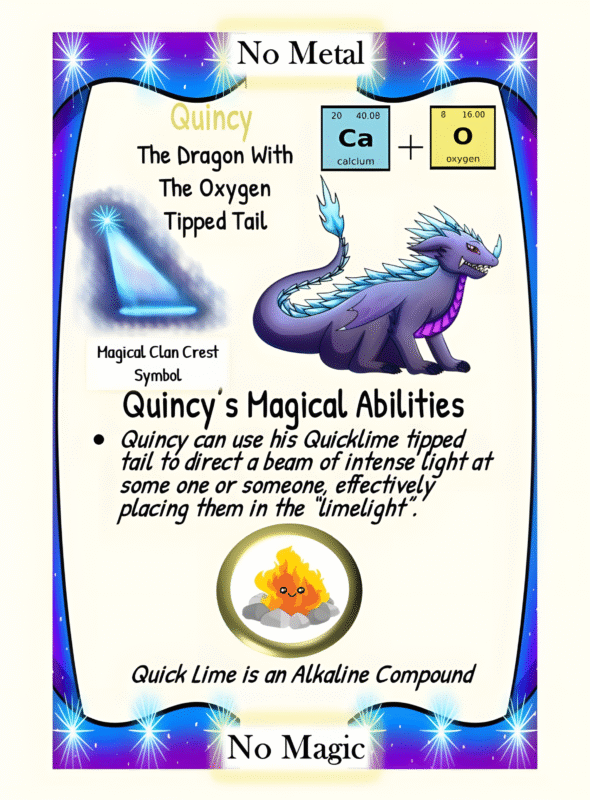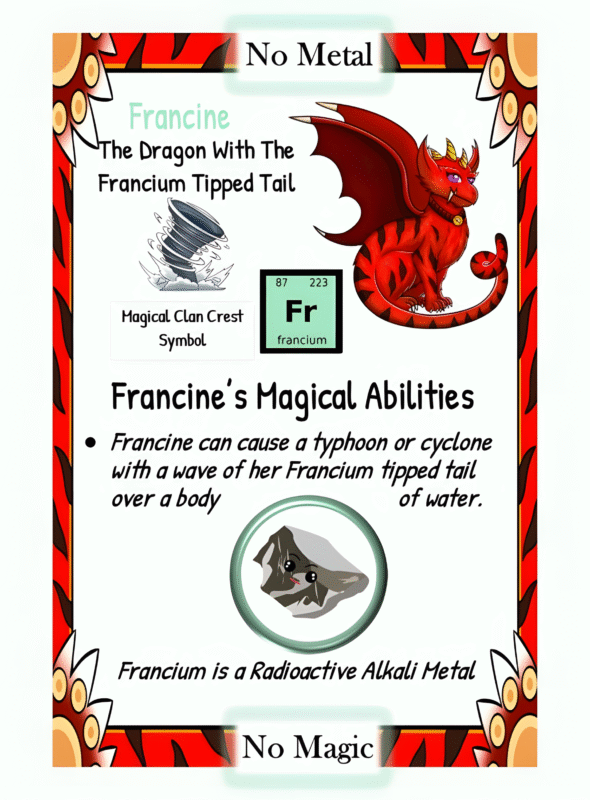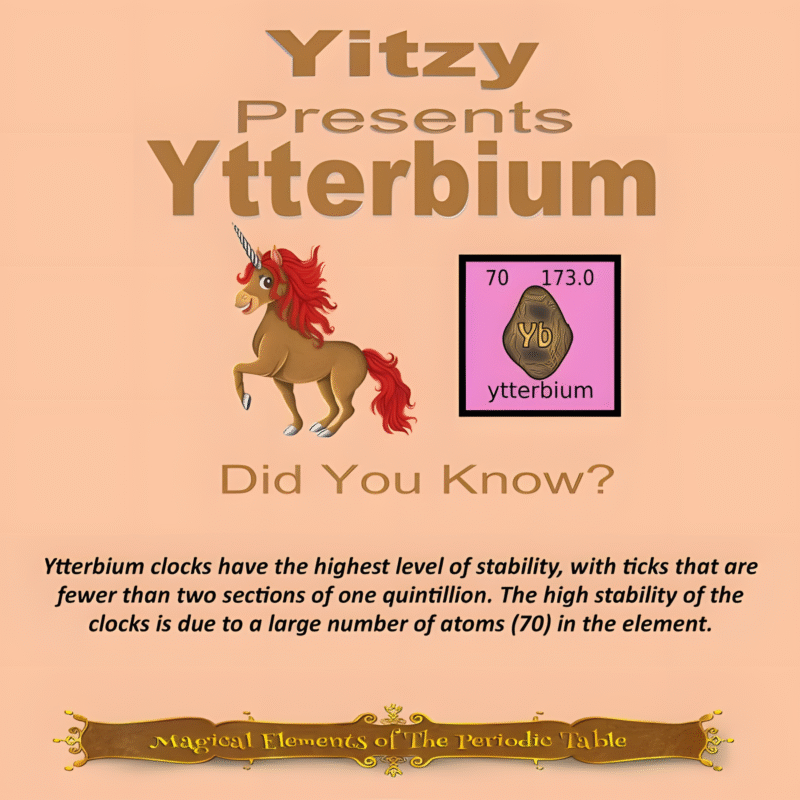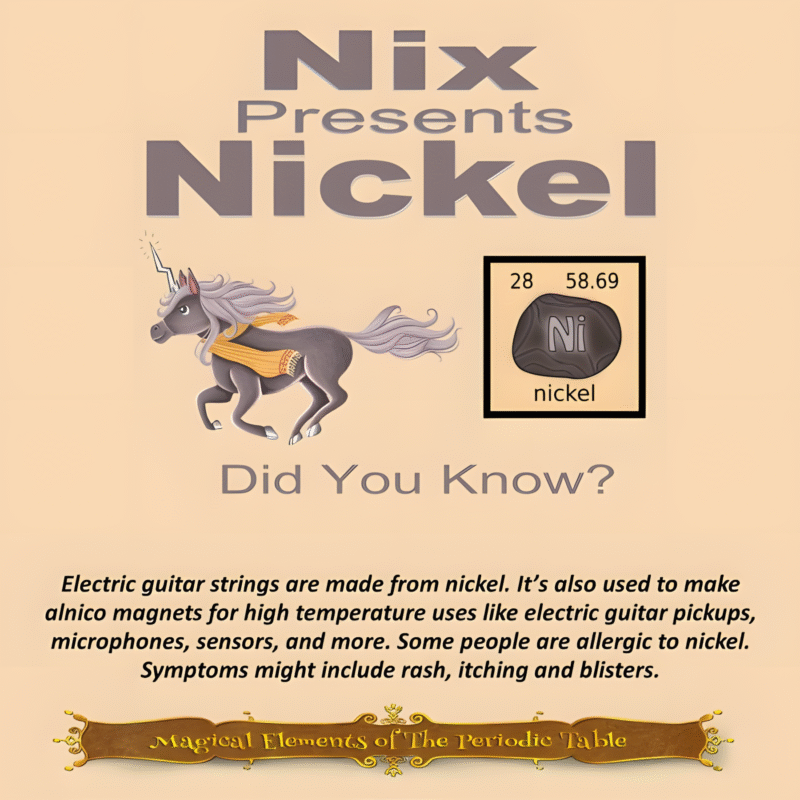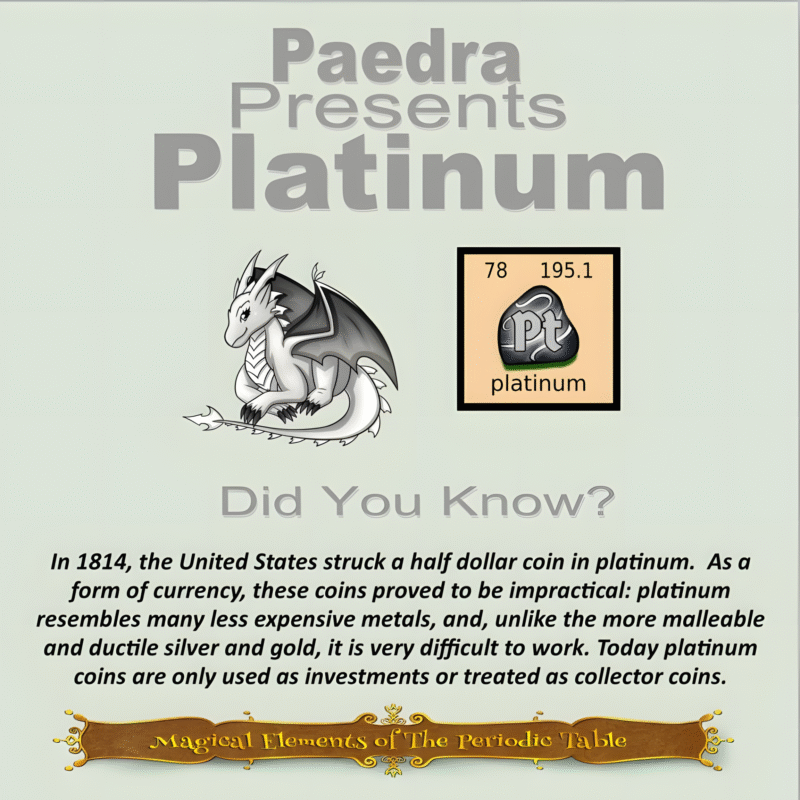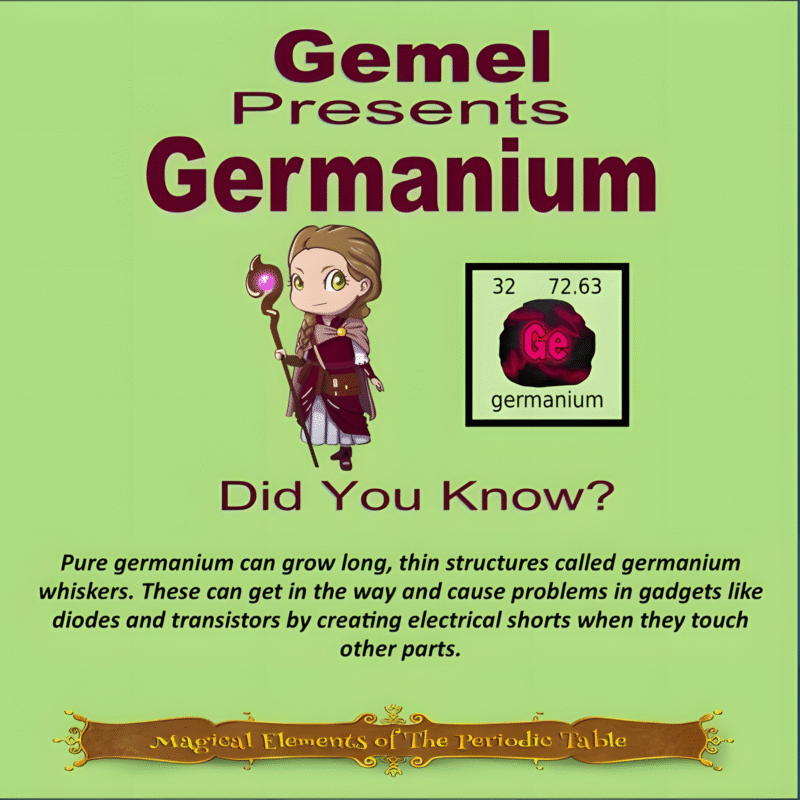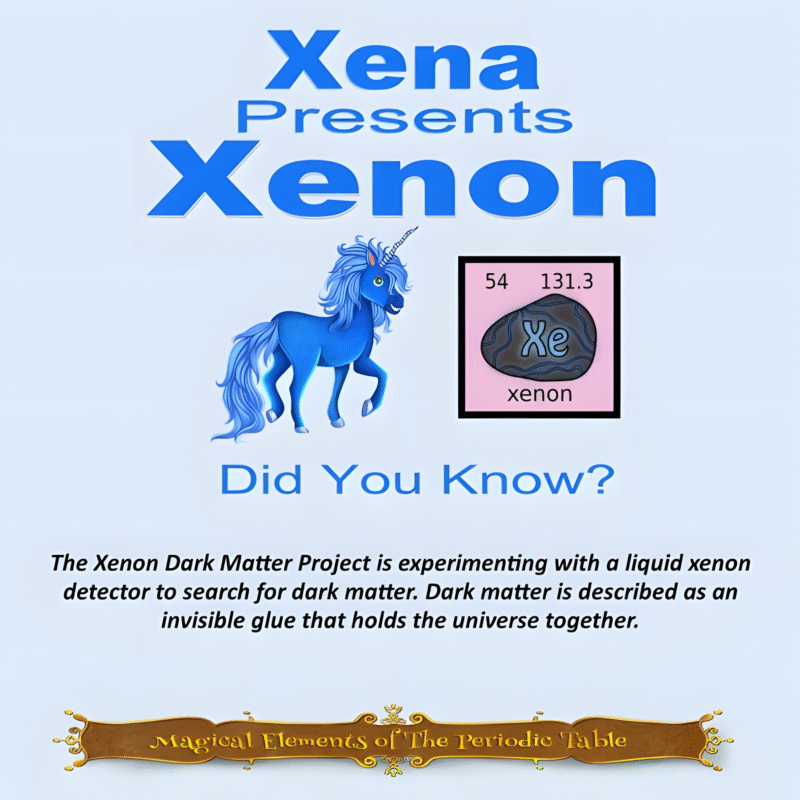Neon, The Vibrant and Eye-Catching Element
Neon, the vibrant and eye-catching element, known for its iconic glow, has a rich history and has captivated the human imagination since its discovery in 1898. The first uses of neon revolved around its unique ability to generate bright, colorful light. However, despite its initial popularity, neon is no longer employed for the same purposes it once was. This article delves into the origin and original uses of neon, highlighting why it has been overshadowed by other lighting options in modern times.
Neon was first discovered by Scottish chemist Sir William Ramsay and English chemist Morris W. Travers. They had been experimenting with liquefying atmospheric gases when they successfully isolated neon through a process of fractional distillation. The name “neon” is derived from the Greek word for “new,” reflecting the novelty of this intriguing element.
The initial applications for neon were driven by its striking luminescence. In the early 20th century, neon signs emerged as a popular means of signage and advertising. The vibrant colors and alluring glow captured the attention of passersby, making neon advertising signs a common sight in cities around the world. These neon signs became symbolic of urban nightlife and the glamor of the Art Deco era.
One of the most iconic examples of neon’s use is the neon lights of Las Vegas. In the mid-20th century, as casinos and hotels sprouted along the Las Vegas Strip, neon signs flourished, creating a mesmerizing glow that continues to define the city today. Neon’s popularity extended beyond signs too; it was utilized in architectural lighting, storefront displays, and even in the film industry to create captivating special effects.
So, why did neon’s reign eventually come to an end? Several factors contributed to its decline in popularity. One major reason is its high energy consumption. Neon signs rely on electrodes and a high-voltage power supply, making them less energy-efficient than modern alternatives. As energy costs rose and environmental concerns increased, the demand for more sustainable lighting options grew — a demand that neon could not meet.
Moreover, advancements in technology offered increased lighting options that were more versatile and cost-effective. The emergence of fluorescent tubes and later LED (light-emitting diode) lights provided brighter, longer-lasting, and energy-efficient alternatives to neon. LED lighting, in particular, has experienced a meteoric rise due to its low energy consumption, long lifespan, and the ability to produce a wide spectrum of colors.
Despite neon’s decline in mainstream use, it has found a new niche in artistic and nostalgic endeavors. Neon signs and installations are now regarded as retro-chic, evoking a sense of nostalgia and vintage charm. Artists and designers have embraced neon’s unique glow and craftsmanship to create dazzling light sculptures and installations.
In conclusion, the first uses of neon revolved around its ability to generate vibrant and captivating light, which manifested in the iconic neon signs that defined cities and nightlife in the early 20th century. However, neon’s popularity diminished due to its high energy consumption and the advent of more efficient lighting options such as fluorescent tubes and LED lights. Nevertheless, neon continues to captivate as an artistic medium and reminds us of a glowing era when the world first basked in its luminescent glory.
This article is brought to you by Sybrina Durant, the author of the middle grade picture book, Magical Elements of the Periodic Table Presented Alphabetically By The Elemental Dragons. Learn More. In that book Neon is presented by the dragon, Jalan.
Inter-Active Elemental Fantasy-Themed Periodic Table from Magical Elements of the Periodic Table Presented Alphabetically by The Elemental Dragon Clan
Click here to use This Inter-Active Viewer To Learn More About The Elements Each Elemental Represents On This Periodic Table. Want this in a 24″ x 36″ Poster? Click here.
Sybrina Publishing Offers Fun Activities Based On The Book
Magical Elements of the Periodic Table Magical Elementals
Browse Magical Elemental Activities at MagicalPTElements or Sybrina-Publishing on TPT or Classful





